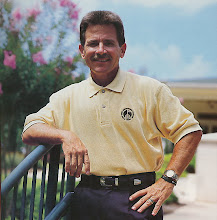The photo below is of our Pennlinks 2- Penneagle2 bentgrass fairway at NCC on April 2nd. It is just breaking dormancy.
The photo below is of #1 Red green at NCC today. Notice how it is just breaking dormancy.
The photo below is of a green at Sunset Valley taken on the same day. Notice the greener color from the older bentgrass -poa annua greens content
The photo below is of the new green at Exmoor CC taken on the same day. A newly planted turf and a new generation of bentgrass is the reason for the darker color.
These 3 courses are within walking distance of each other yet quite different in many ways. Imagine the differences in courses you play at different times of the year that are located in the north and west areas of Chicagoland.
The photo below is of #4 red tee looking onto # 9 red fairway. The same turf variety is established in both areas. Notice the turf on the tee is still brown and the fairway turf is beginning to green up and break dormancy. Why the difference? The tee has an amended sand content rootzone which is different from the native black fairway soil. There is more fluctuation in the sand based rootzones. In this case, the rootzone temperature of the tee is colder and therefore the tee turf is still dormant.
The photos below are of # 1 white tee and #1 white fairway. Same turf species. Same day.
Again, the tee has a modified rootzone which remains colder than the native soil fairway, thus delaying green-up of the tee.
#1 white tee
#1 white fairway











No comments:
Post a Comment